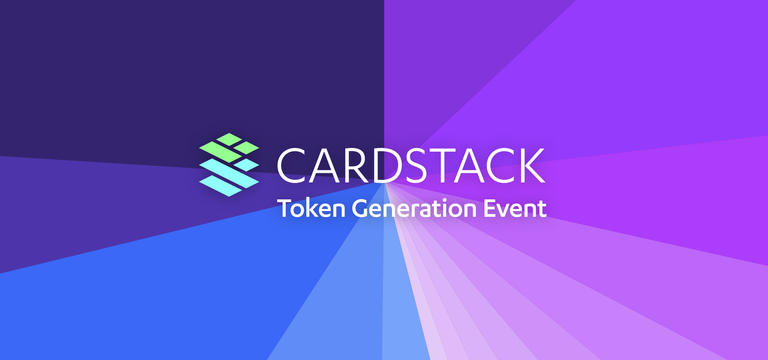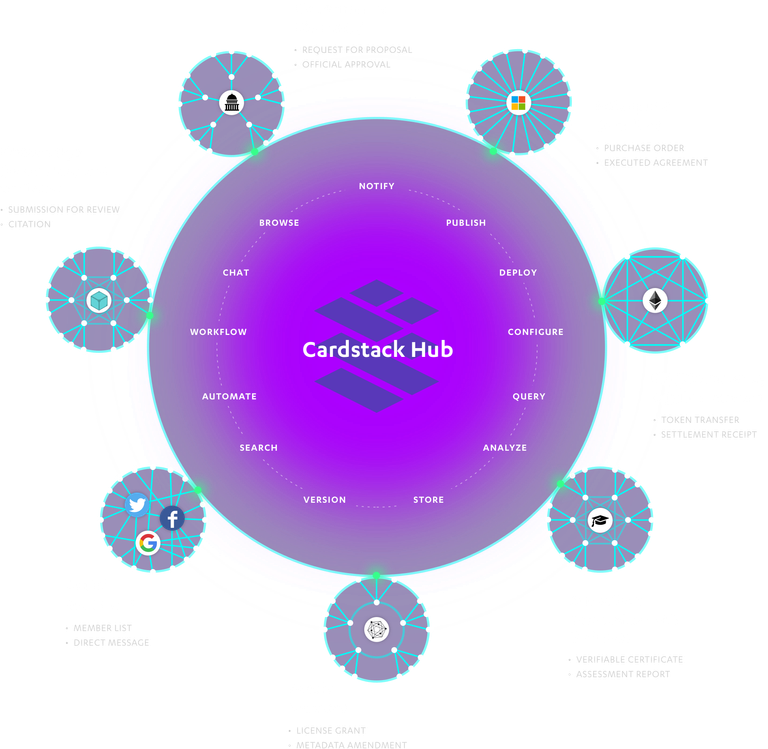
Cardstack is the open-source protocol and framework for the consensus blockchain technology. The system also enables the progressive decentralization behind the ecosystem of cards into the process of decentralizing the software of the ecosystem for the piecemeal facilitating the drop-in replacement of common cloud services while the blockchain becomes ready for acting as a substitute.
User Requirements
The user should understand about the interpretations for the encapsulated presentation of information that will be presented through the cards. The appropriate actions needed to be chosen for completing the transaction persuade another person for growing a greater authority. It is also needed to be known about the blockchain protocol for the counterparty of autonomous agent represented by the smart contract as a proof of identity.
Such authority to this identity will be provided by the blockchain ID or if the device permits then a face ID. It centralizes the extractive counterparties for decentralized accumulating networks of mutual benefits in order to take time. As long as dApps mature to compete for the users’ interactions all of them will need o do this as plug into the system behind a card-based facade to show the users a better way within the minimal friction.
Architecture for Decentralization

Cardstack enables mass-market adoption for the blockchain that can be accelerated to reach within the users through the familiar platforms like mobile devices or some other open web for inviting them to participate as peers within a greater sovereignty. The software tools should be developed for using and generating peer-to-peer apps in a different form for using the hosted web apps. If there are some web apps they will speak within the blockchains enabling cloud wallet of Coinbase to connect within the secured chat apps depending on the cloud-based identity graphs.
Though it has a rare topology to run still it is capable enough to reach out towards the new users through the app store by a direct download facilitating the interactions and immediate values. Cardstack software and protocols adopt these pathways and maintain the architecture enabling the developers deploying their card-based experiences to the web to reach the users. Even the developers can learn from the package to install the same code as a peer-to-peer app for the users who are ready to take full ownership of their digital life.
Rotation Points
Cardstack acts as orchestrators of the user’s as workflow into the Hub that relays upon the user commands over the right data systems for constant listening to the changes at the time of building a consistent view of reality. This authorizes its users as the owner of their own hub. dApps reallocating he digital tokens for continuous risk minimization by maximizing the portfolio value.
The architecture enables peer-to-peer mode for the user in order to complete the control over the data orchestration layer which is known as Cardstack Hub. It sits among the user experiences for the data sources within the persist and processing the interactions. Also, the hosted models have the plug-ins inside the Hub for multitenant configuration for the users to represent the well-defined commands an queries of their aggregated collection of data.
Cardstack ensures the blockchain technology to be perfect for the cryptocurrency economy. It is the experienced layer for the decentralized internet. With the digital superpower into the challenging ecosystem, it creates decentralized software into the ecosystem for the usability and scalability of the mass market.
Website : https://cardstack.com/
Whitepaper: https://cardstack.com/whitepaper.pdf
ANN Thread : https://bitcointalk.org/index.php?topic=2768237.0
Blog : https://medium.com/cardstack
Telegram : https://telegram.me/cardstack